Bring café-quality espresso home with a professional-grade espresso machine. Discover how to choose the perfect...
The Ultimate Guide to Making Perfect Espresso at Home: A Step-by-Step Tutorial
For many coffee lovers, the day doesn’t begin until that first sip of espresso. Rich, bold, and aromatic, espresso is the foundation of countless drinks from cappuccinos to lattes. But while cafés have long been the go-to place for espresso, more people are now discovering the joy of brewing it at home.
The good news? Making perfect espresso at home is not as intimidating as it seems. With the right equipment, a little practice, and attention to detail, you can enjoy café-style coffee in your own kitchen. This guide will walk you through each step so you can master the art of espresso machines.
Step 1: Gather the Right Equipment
Brewing espresso requires precision, so having the correct tools is essential:
- Espresso Machine: Look for a machine with at least 9-bar pressure for proper extraction.
- Burr Grinder: A burr grinder produces a consistent fine grind, which is crucial for espresso.
- Tamper: Used to evenly compress coffee grounds. A good tamper ensures balanced extraction.
- Scale and Timer: Accurate measurement helps you repeat successful recipes.
- Milk Jug (if making milk drinks): For steaming and frothing milk to the right texture.
- Filtered Water: Since espresso is 90% water, quality water improves flavor.
Step 2: Choose Fresh Coffee Beans
The beans you use will make or break your espresso. Always go for freshly roasted whole beans, ideally roasted within the last 2–3 weeks. For beginners, a medium to dark roast works best because it delivers a strong, rich flavor and thick crema. Store beans in an airtight container, away from light and moisture, to preserve freshness.
Step 3: Grind and Dose
Espresso requires a fine grind slightly coarser than powdered sugar but finer than table salt. A burr grinder is essential for this consistency.
- Double shot dose: Start with 16–18 grams of coffee.
- Grind right before brewing to capture maximum aroma and crema.
If your espresso tastes sour or watery, your grind may be too coarse. If it tastes bitter or doesn’t flow well, try a slightly coarser grind.
Step 4: Tamp Correctly
After grinding, distribute the coffee evenly in the portafilter. Place your tamper on top and press down firmly with about 30 pounds of pressure. The goal is not just strength, but consistency—make sure the surface is level so water flows evenly during brewing.
A poorly tamped puck can cause channeling (water finding weak spots), which leads to uneven extraction and poor flavor.
Step 5: Brew the Espresso Shot
Now comes the exciting part.
- Insert the portafilter into the espresso machine.
- Start brewing immediately after locking it in.
- Aim for a 25–30 second extraction for a double shot (yielding 30–36ml).
The espresso should flow like warm honey, smooth, steady, and golden brown. If it gushes out too quickly, your grind is too coarse. If it drips too slowly, it’s too fine.
Step 6: Steam and Froth Milk (Optional)
If you enjoy milk-based drinks like cappuccinos and lattes, learning to steam milk is essential. Use a stainless-steel milk jug and purge the steam wand before use. Submerge the wand just under the surface to stretch the milk, then lower it to heat.
The result should be microfoam: a silky, glossy texture that blends perfectly with espresso. This is also the secret behind latte art.
Step 7: Clean and Maintain Equipment
A great espresso machine deserves care:
- After each shot: Purge the group head, rinse the portafilter, and wipe the steam wand.
- Daily: Empty the drip tray and knock box.
- Weekly: Clean filter baskets and backflush the machine (if applicable).
Regular cleaning prevents oil buildup and ensures your coffee tastes fresh every time.
Tips for Success
- Preheat everything: Machine, portafilter, and cups should be warm before brewing.
- Experiment: Adjust grind, dose, and extraction time gradually until you find your sweet spot.
- Use fresh water: Filtered or bottled water prevents limescale and improves taste.
- Consistency is key: Repeat successful recipes using the same measurements.
Why Make Espresso at Home?
- Convenience: Skip café queues and enjoy coffee whenever you like.
- Cost savings: Over time, brewing at home costs less than daily coffee shop visits.
- Customization: Adjust strength, flavor, and milk texture exactly to your preference.
- Satisfaction: There’s something rewarding about pulling a perfect shot yourself.
Final Thoughts
Making espresso at home is a mix of science and art. By paying attention to grind size, tamping technique, brew time, and machine care, you’ll quickly learn how to pull café-quality shots in your own kitchen.
Ready to start your home espresso journey? Explore our collection of espresso machines, coffee tampers, and milk jugs to equip yourself like a true barista.
Frequently Asked Questions (FAQs)
Q1. How many grams of coffee should I use for one shot of espresso?
A single shot uses about 8–10 grams, while a double shot requires 16–18 grams.
Q2. What grind size is best for espresso?
Espresso needs a fine grind, finer than table salt but not as powdery as flour.
Q3. How long should a perfect espresso shot take?
Aim for 25–30 seconds of extraction for balanced flavor and crema.
Q4. Can I use regular ground coffee for espresso?
No. Espresso requires a fine, consistent grind. Regular ground coffee is too coarse and won’t extract properly.
Q5. How do I get thick crema on my espresso?
Use fresh beans, grind immediately before brewing, and ensure proper tamping and machine pressure.











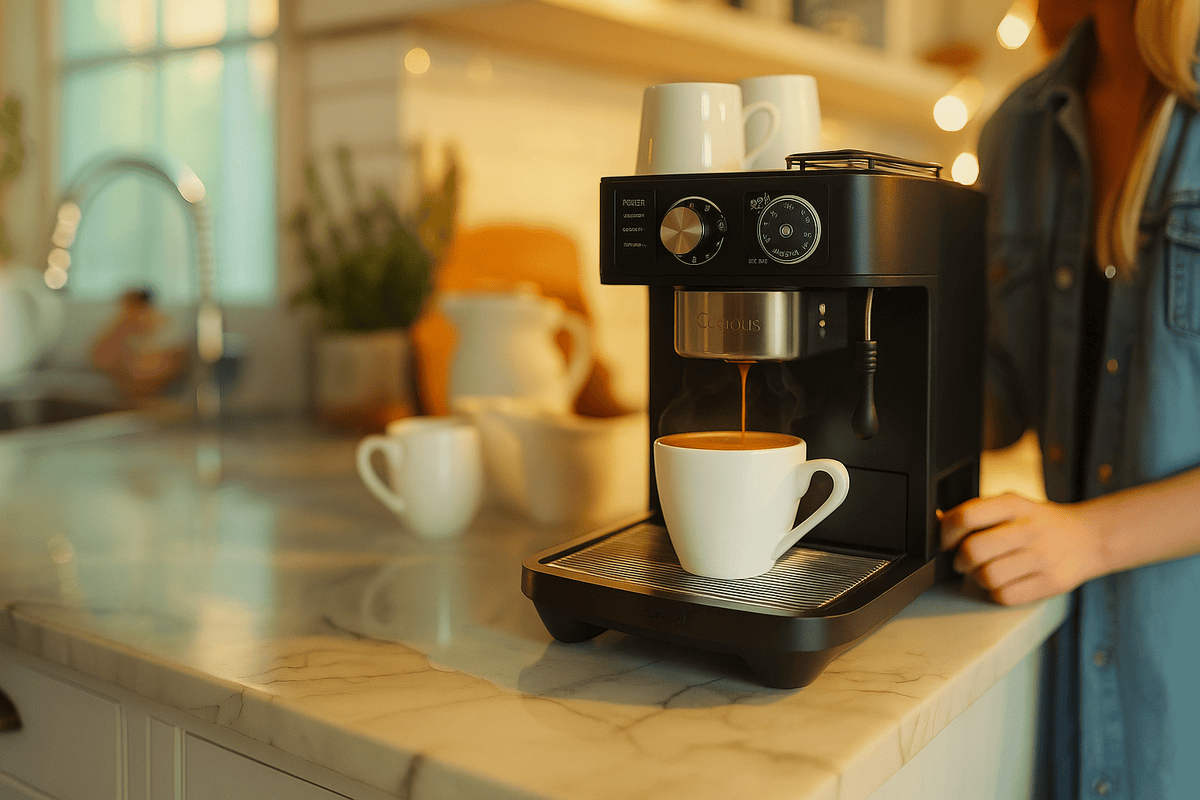
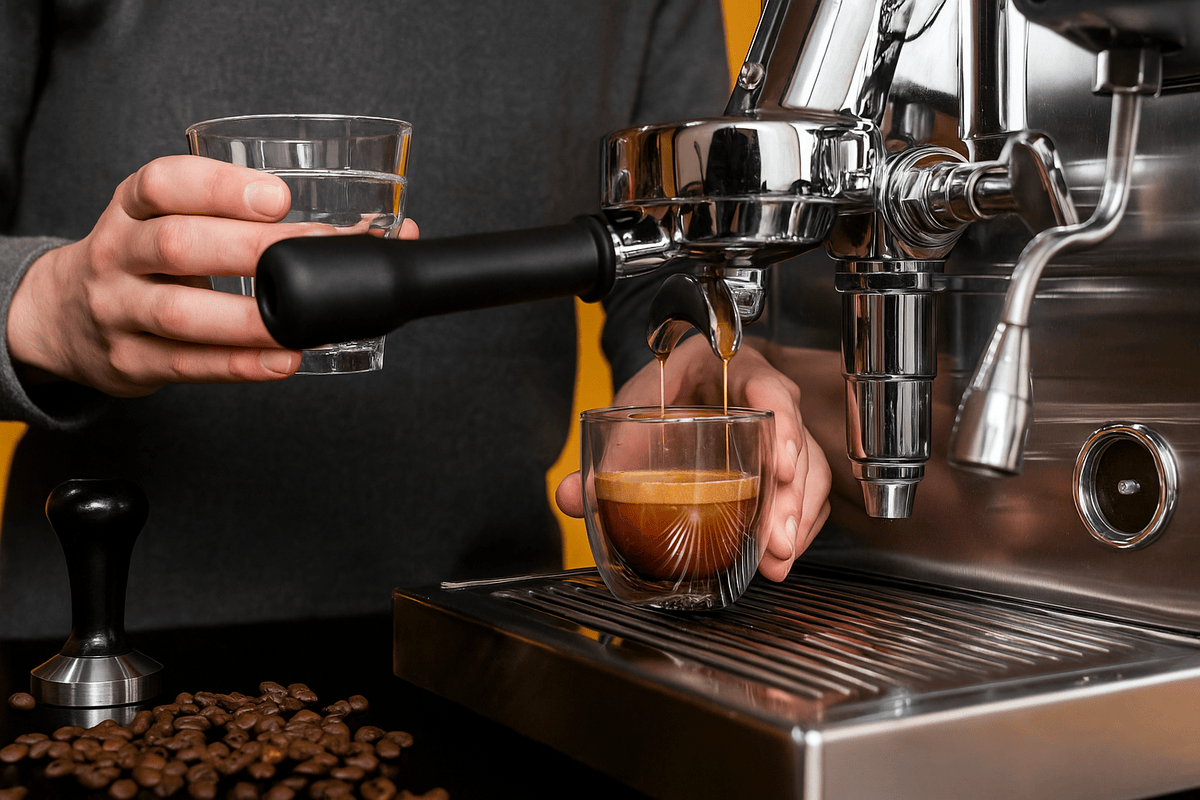
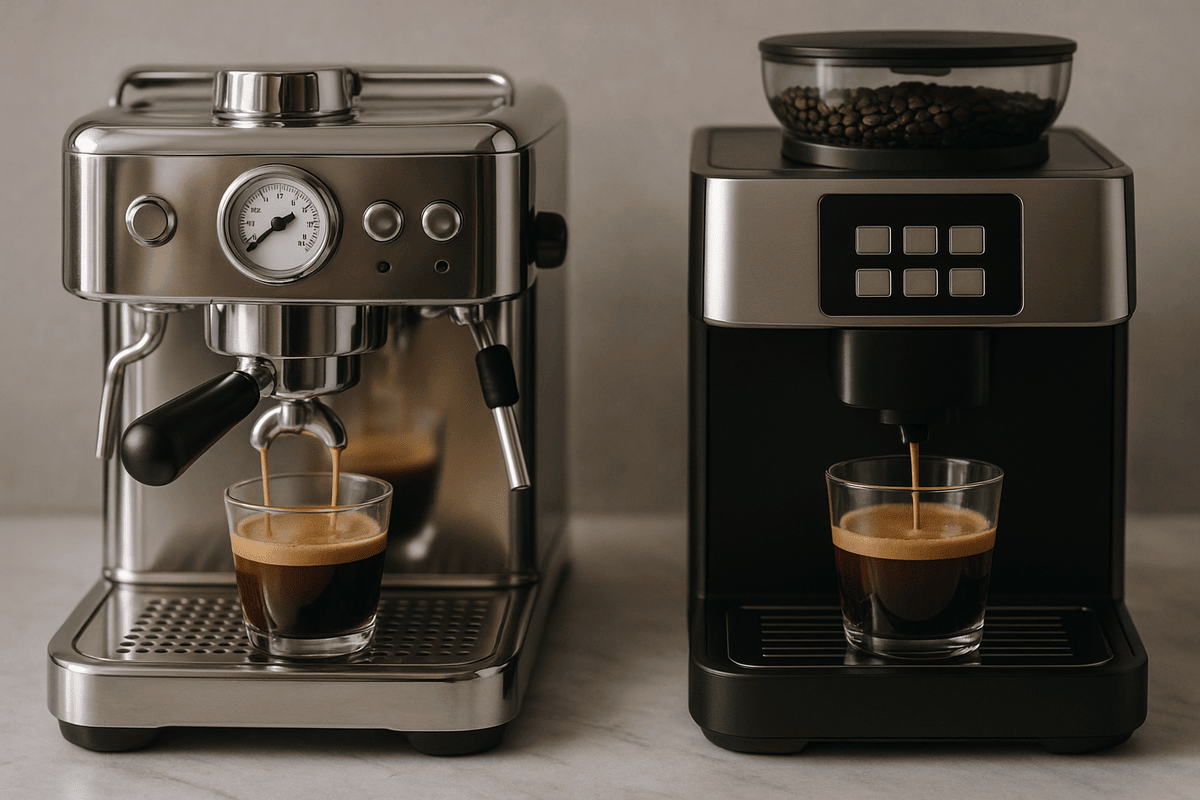
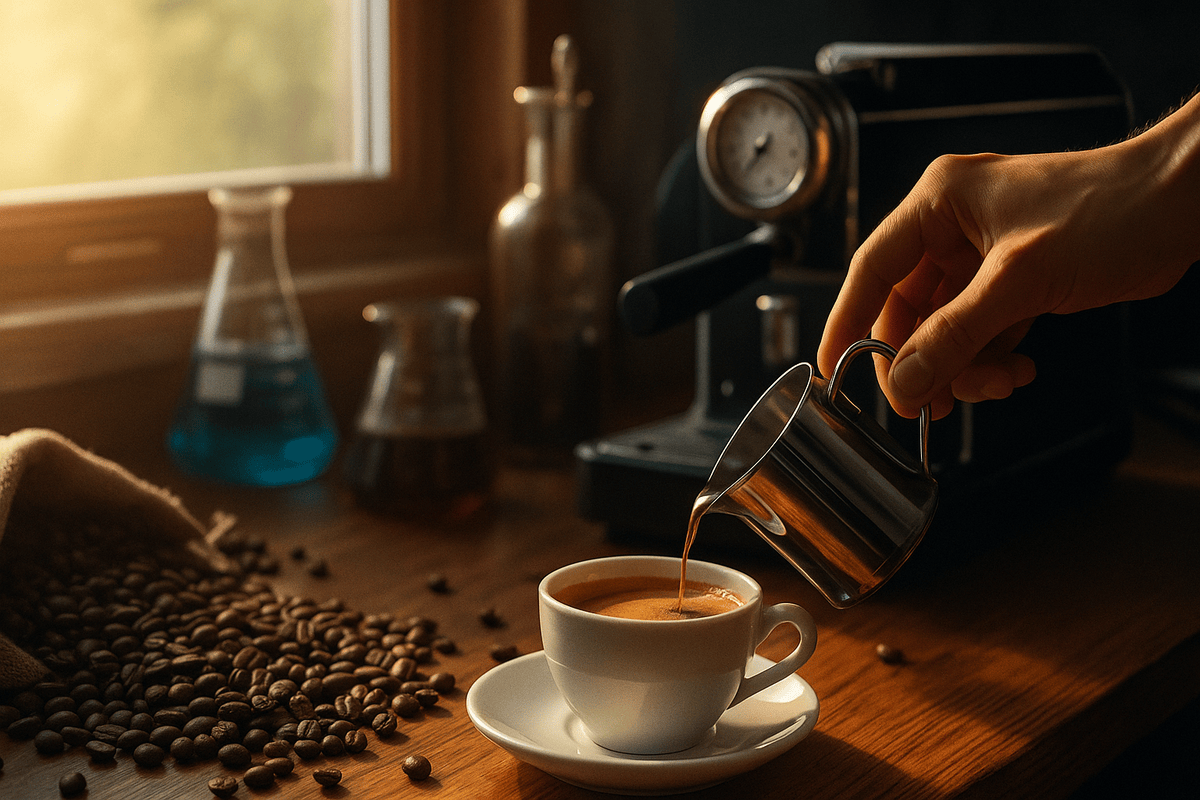
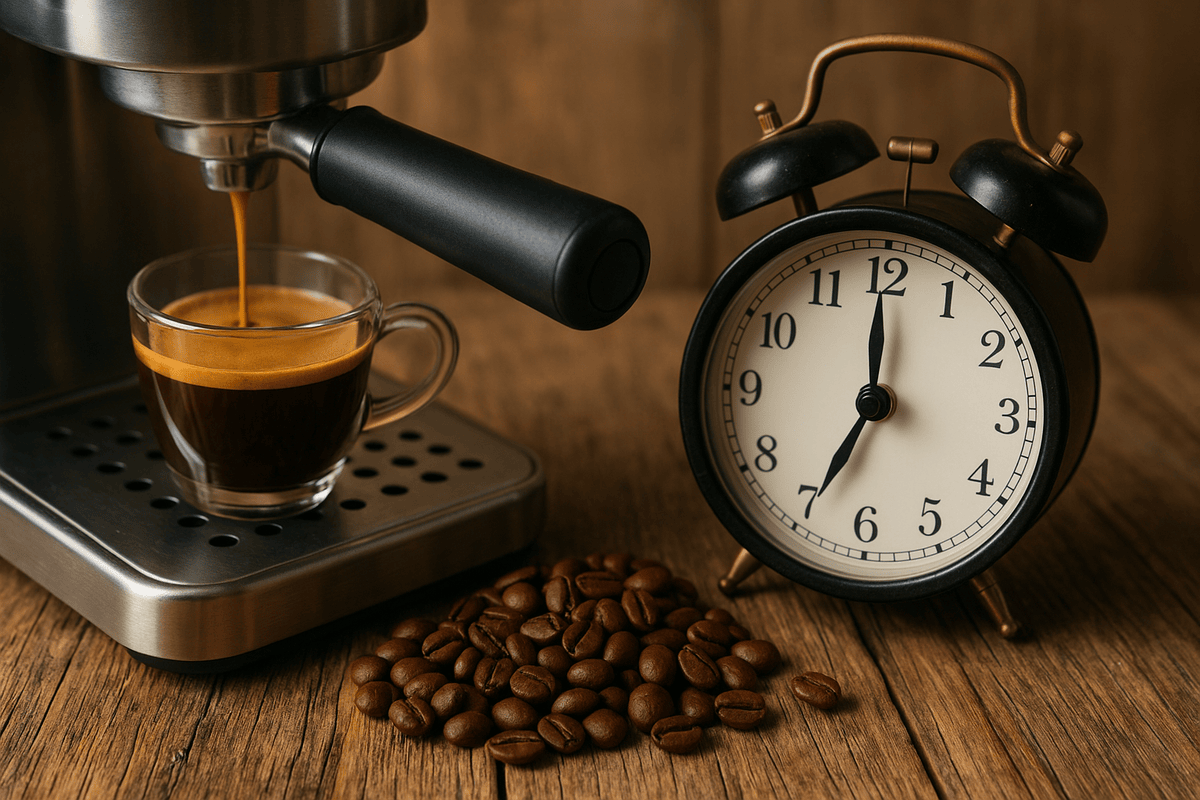
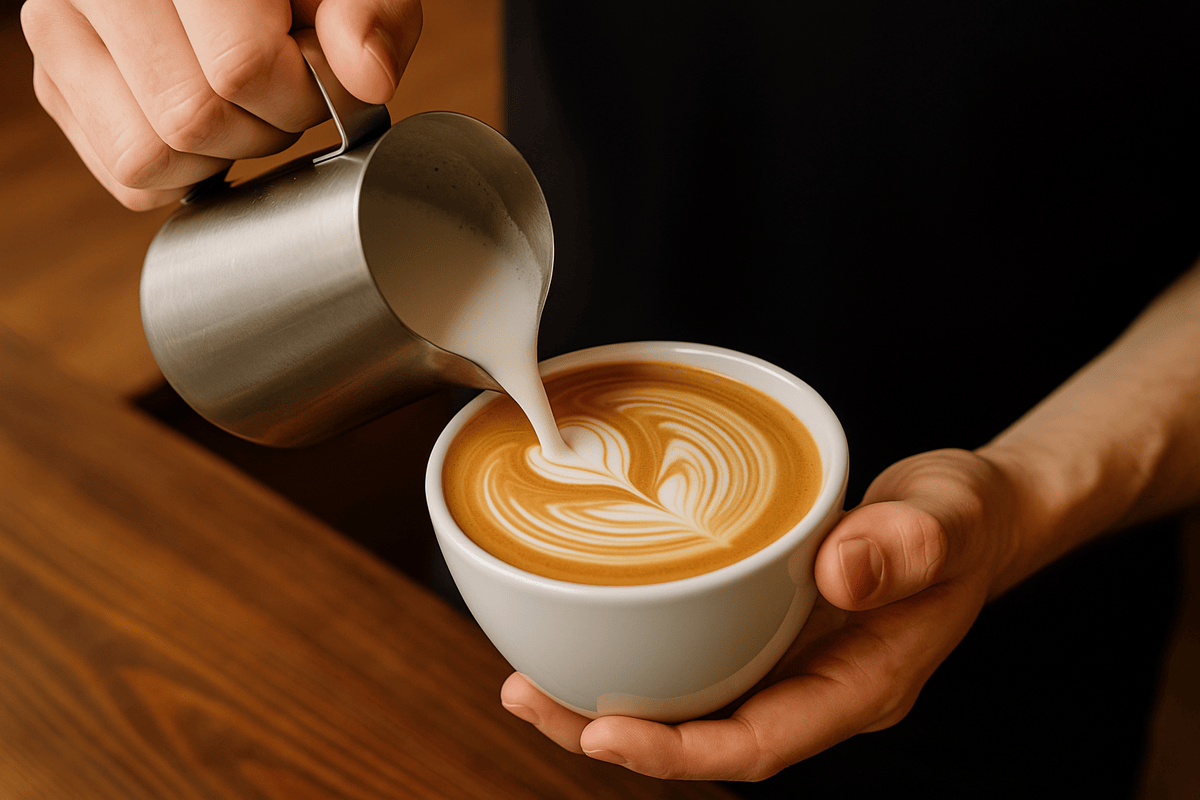
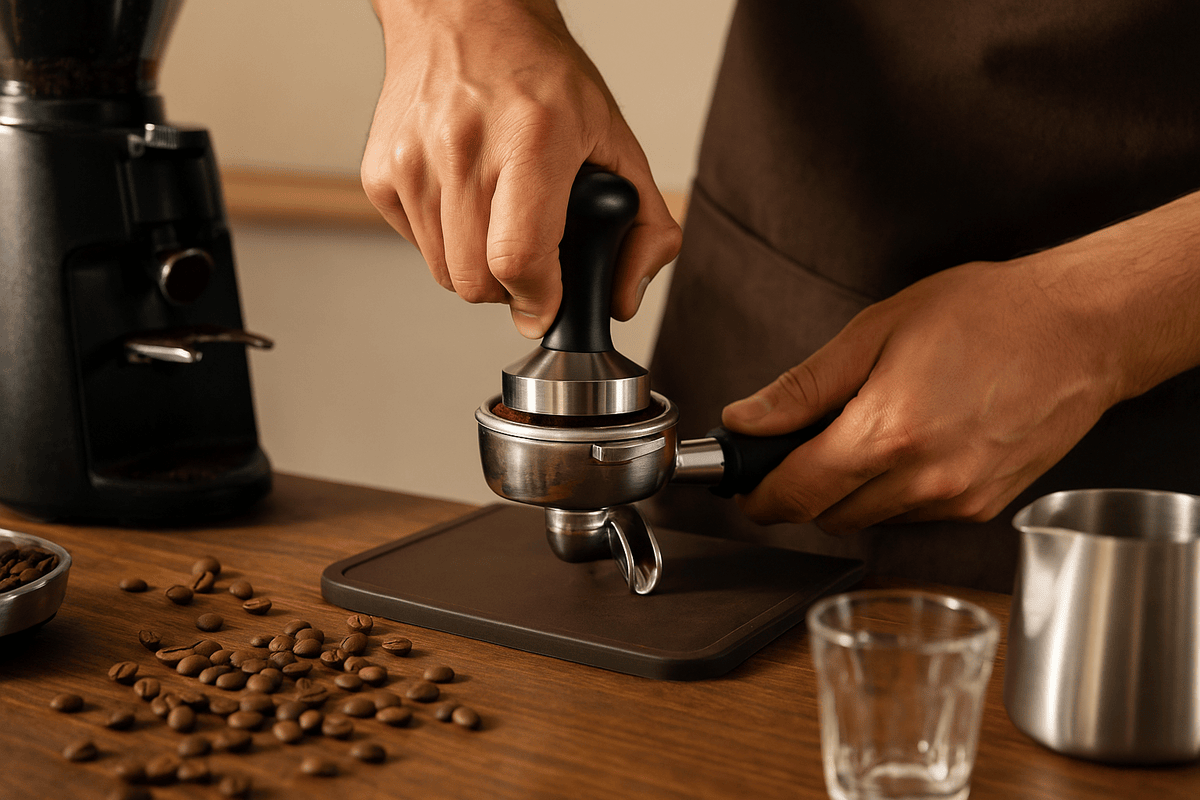
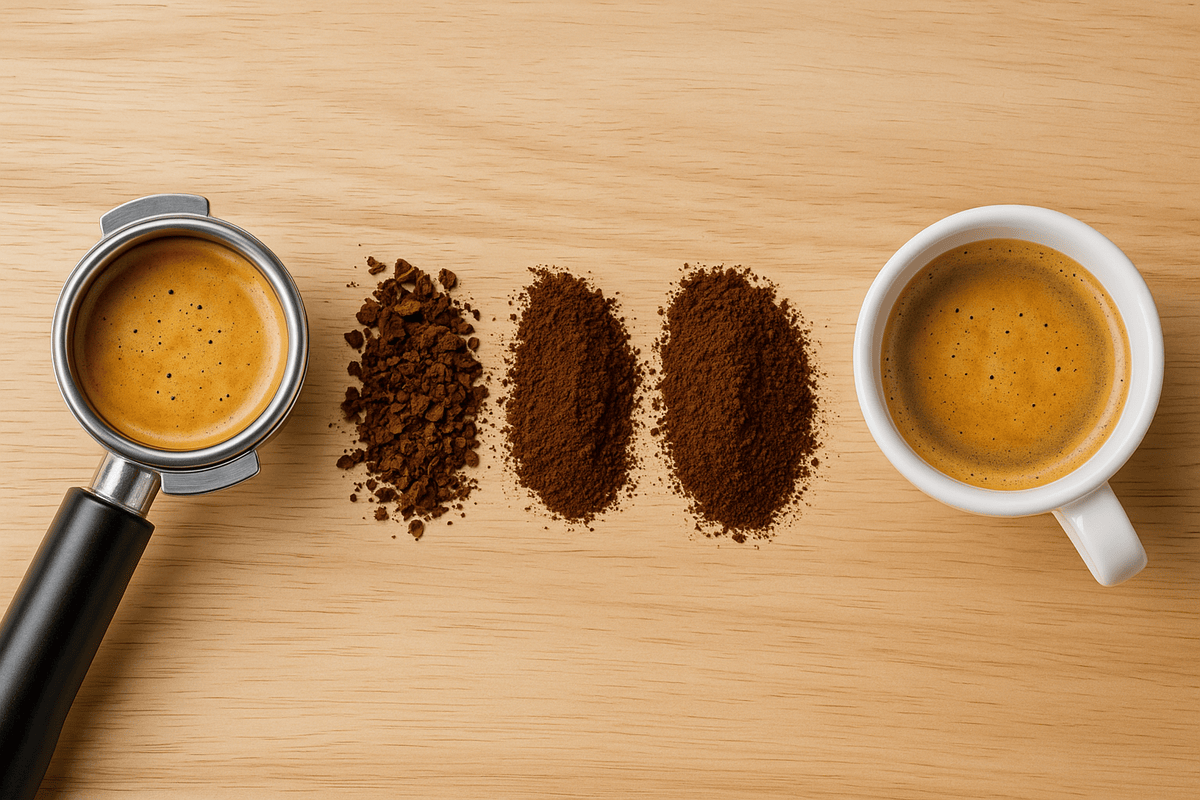
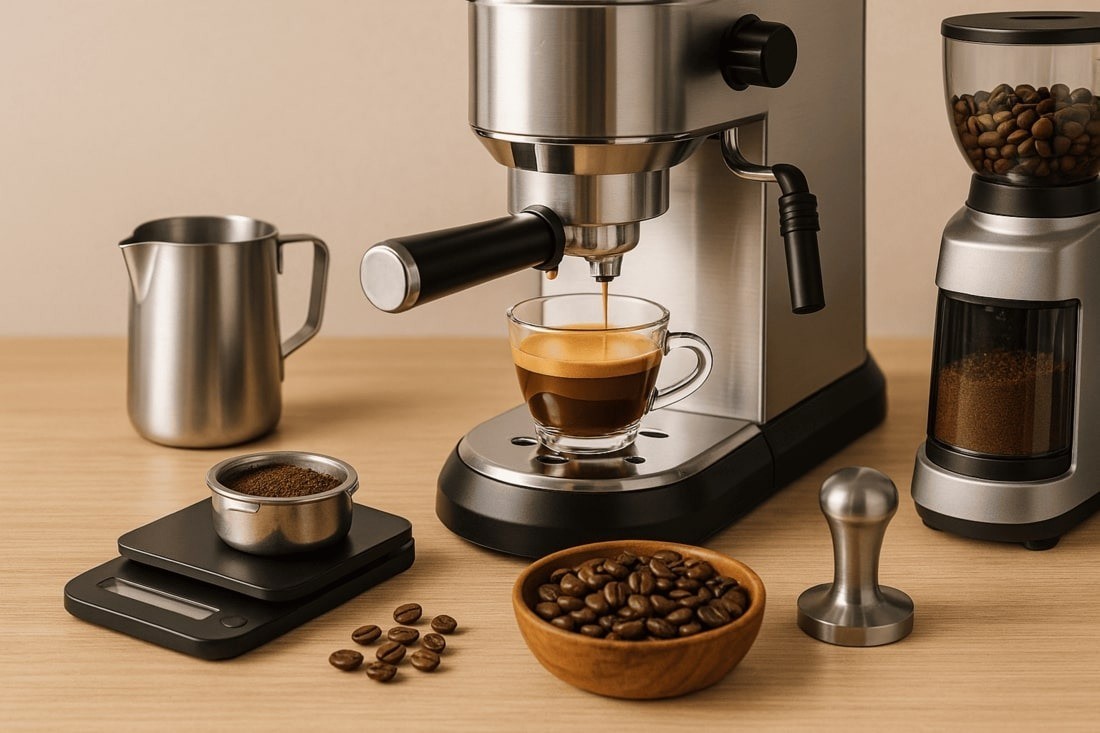
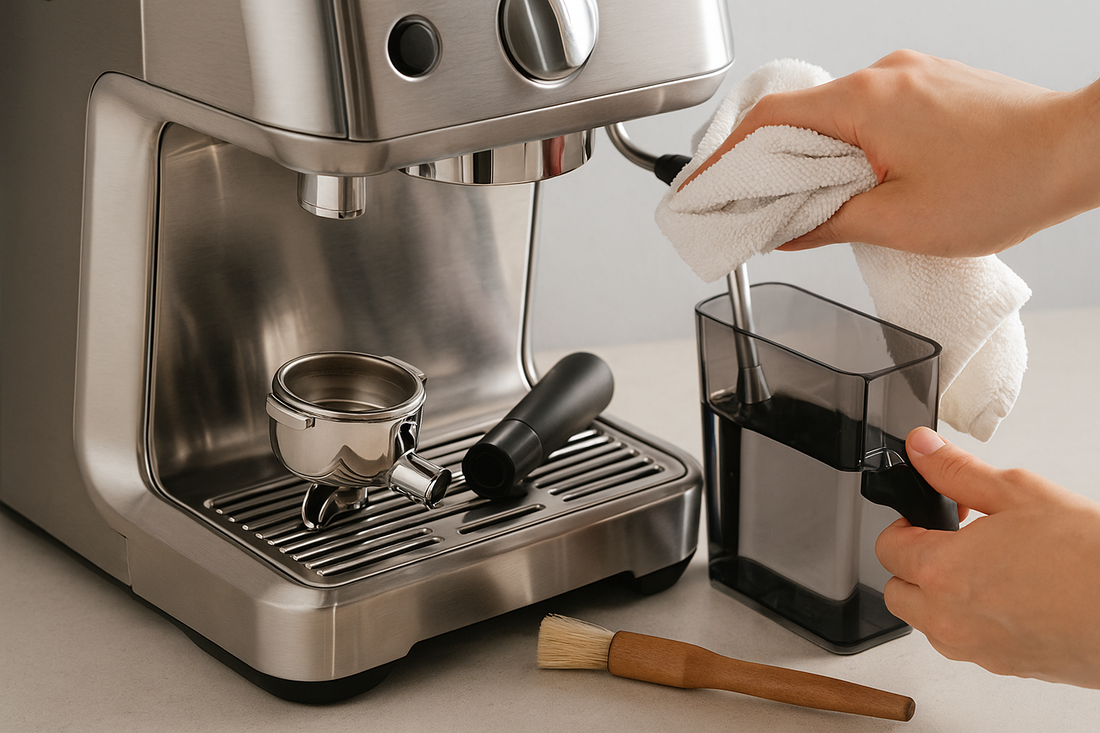
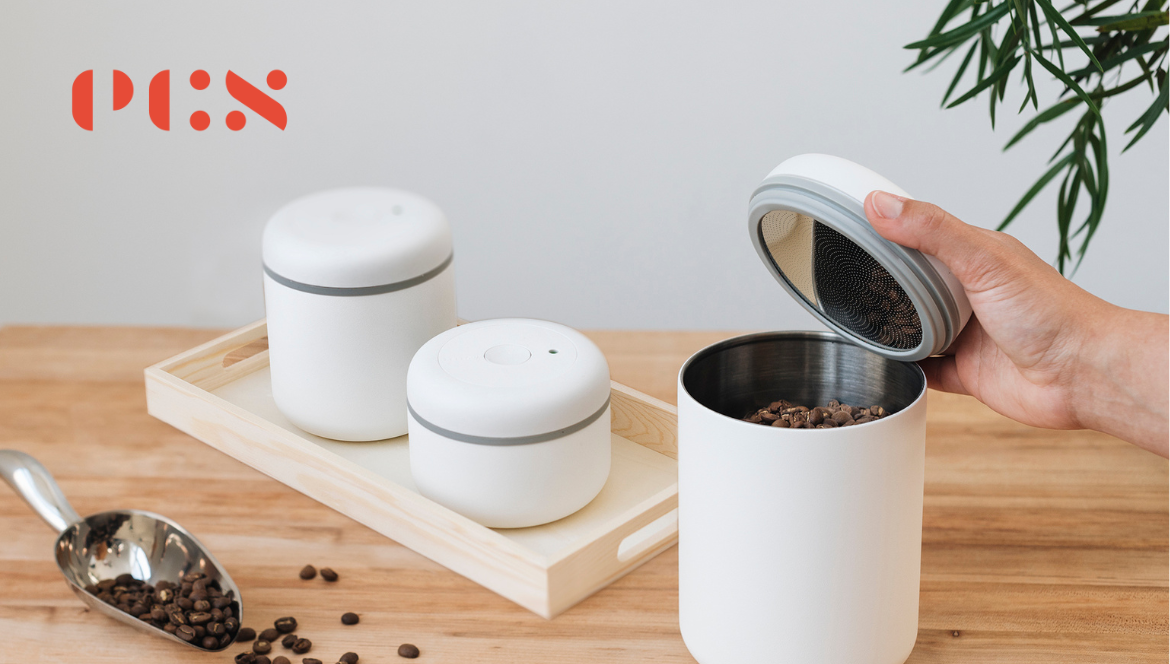
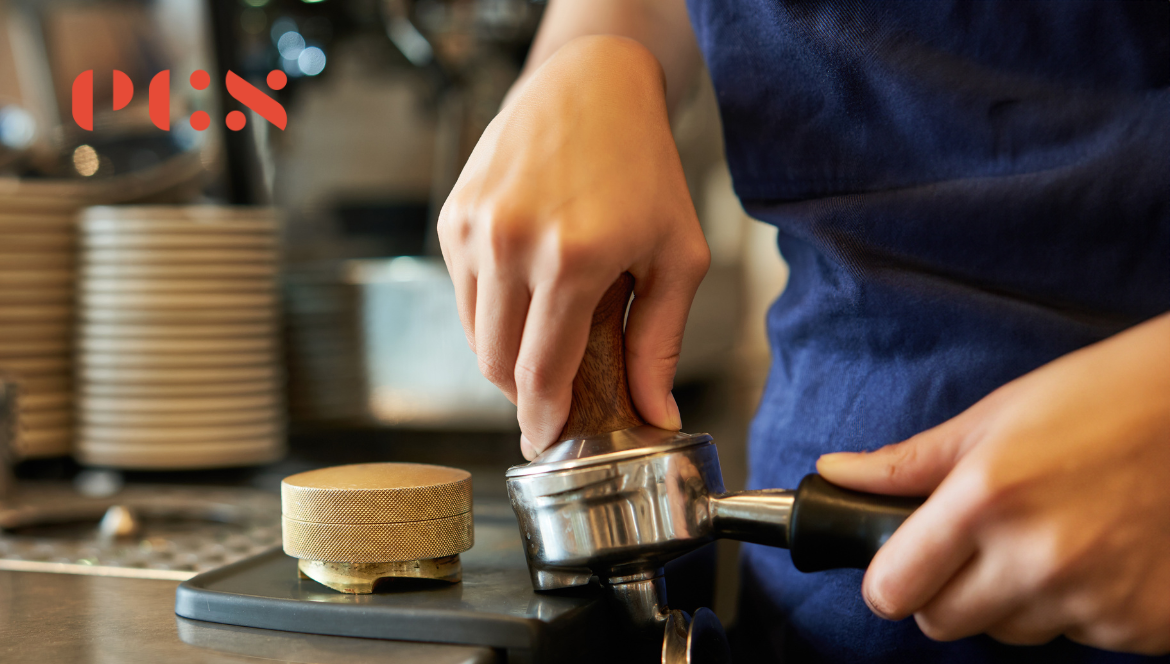
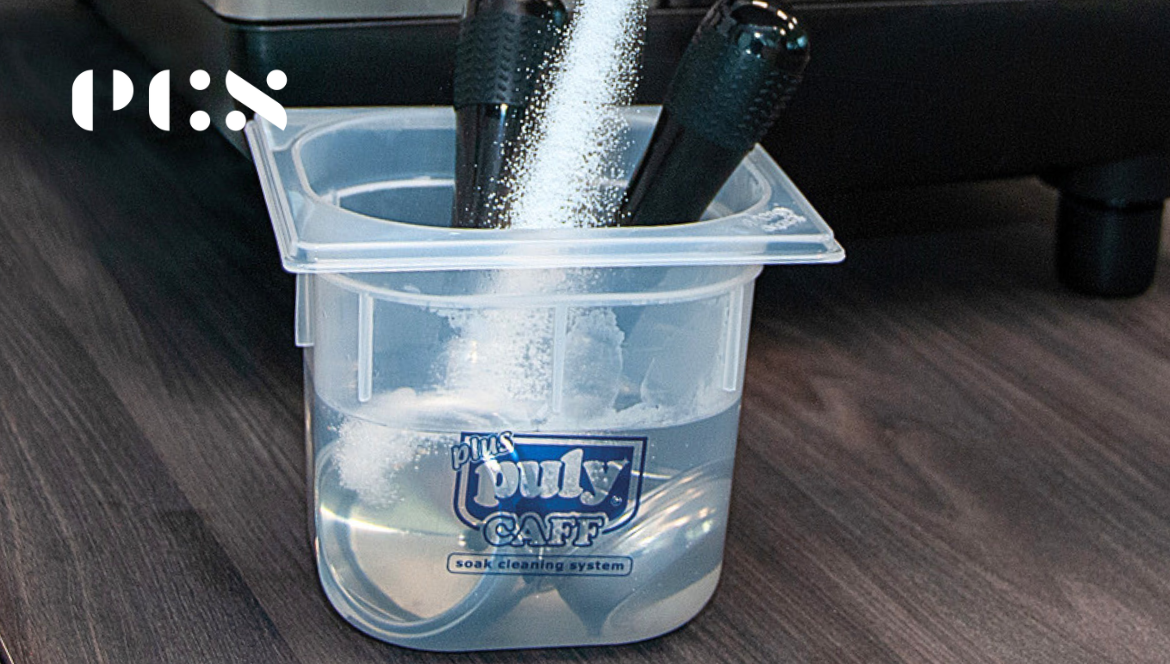
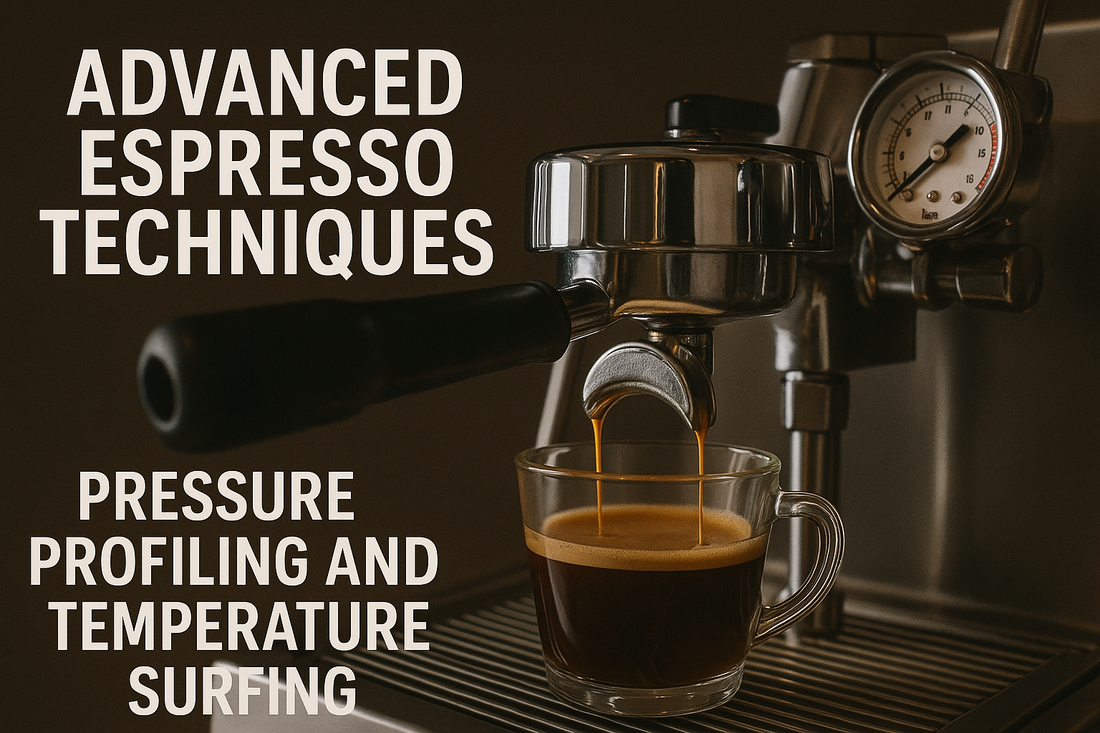
Leave a comment